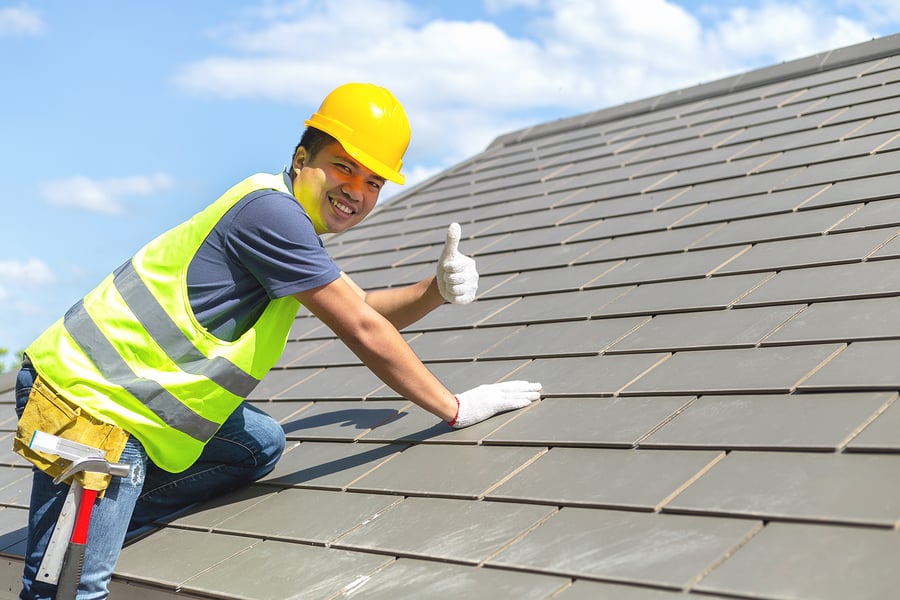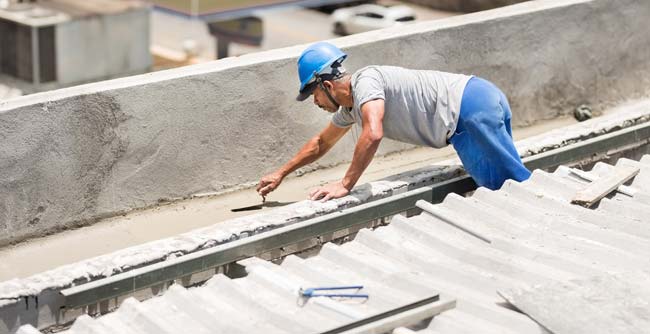Find the best Perrysburg Roofer for professional roof installation services.
Find the best Perrysburg Roofer for professional roof installation services.
Blog Article
Just How to Assess Different Roofing Choices for Your Structure Requirements
Assessing roof covering alternatives for your building requires a detailed method that considers different factors such as the intended usage of the framework, local environment conditions, and product attributes - Perrysburg Roofer. It is necessary to weigh the benefits and downsides of different roof covering kinds, from asphalt tiles to metal and clay ceramic tiles, while additionally factoring in initial prices and long-lasting upkeep.
Analyzing Your Building's Demands
To effectively assess roof options, start by extensively evaluating your structure's needs. Beginning by thinking about the building's intended usage, as various structures may demand varying roof requirements. Household roofings commonly focus on aesthetics and insulation, while business structures may focus on toughness and load-bearing capability.
Next, examine the regional climate conditions that will influence roofing efficiency. Aspects such as temperature level variations, precipitation levels, and wind patterns can affect product selection and design. A roof that succeeds in a temperate environment might not do as well in locations susceptible to heavy snowfall or severe warm.
In addition, evaluate the architectural stability of your building. Make sure that the existing structure can sustain the selected roof products, especially if considering heavier alternatives. It is additionally vital to examine any kind of regional structure codes or laws that may dictate certain demands for roof.

Contrasting Roof Materials
When a thorough assessment of your building's demands has been completed, the following action entails contrasting different roofing products. Each material offers unique benefits and drawbacks, making it important to align your selection with your specific demands and situations.
Asphalt shingles are extensively recognized for their affordability and simplicity of setup, making them a popular alternative for domestic buildings. On the various other hand, steel roof covering, known for its sturdiness and durability, can withstand severe weather problems but might include a greater first financial investment.
Clay and concrete ceramic tiles provide exceptional thermal insulation and visual allure, especially for Mediterranean-style style, yet they call for a more durable architectural support as a result of their weight. Wood trembles offer a natural look and great insulation residential properties yet might demand extra upkeep and are prone to fire hazards.
Examining Price and Budget Plan
Evaluating your roof options necessitates a careful examination of expense and budget factors to consider. The total allocate a roof covering job makes up a number of elements, including material prices, labor expenses, upkeep, and prospective lasting savings. It is necessary to develop a clear budget plan prior to checking out certain roofing materials, as this will lead the decision-making process and help you stay clear of overspending.
Begin by getting quotes from multiple contractors to comprehend labor expenses in your area. Make certain that these estimates include all necessary services, such as elimination of the old roof covering, installation, and any type of additional functions, like insulation or air flow enhancements - Perrysburg Roofer. Next, assess the expense of various roof materials, considering both first installment prices and expected lifespan

Recognizing Energy Effectiveness
Energy effectiveness plays a vital duty in the option of roofing materials and systems, considerably impacting both energy intake and overall convenience within a building. An appropriate roof covering can improve thermal efficiency, decreasing the need for home heating and cooling down systems, which consequently lowers energy bills and reduces environmental impact.
When assessing roofing options, consider products that mirror rather than soak up heat. Light-colored or reflective roof imp source covering products can significantly decrease roofing surface area temperatures, resulting in lower power usage throughout warm months. Furthermore, proper insulation and air flow are important to enhance the power efficiency of the whole roof. Insulation protects against warm transfer, while ventilation mitigates warmth buildup in the attic space.
An additional essential element is the roof system's longevity and upkeep requirements. Long lasting materials that require less regular substitute contribute to long-term power financial savings. The energy efficiency of a roof system can likewise be examined through its compliance with established sustainability rankings such as Power STAR or LEED.
Thinking About Aesthetic Allure
A roofing system's aesthetic charm dramatically affects the general look of a structure, matching its building style and enhancing visual charm. Roofing Contractor. When assessing roof covering options, it is necessary to take into consideration exactly how the chosen material, color, and layout will integrate with the existing structure and community. A well-designed roofing can boost even the most basic of structures, transforming them right into visual centerpieces
Different roofing materials offer various aesthetic high qualities. Typical tiles might stimulate a classic appeal, while metal roof can present a modern-day, smooth look. Additionally, the color of the roof covering have a peek at these guys product plays a vital function; lighter shades can make a structure show up even more spacious, while darker tones may create webpage a cozier atmosphere.
Additionally, architectural elements, such as dormers and eaves, can improve the roof covering's aesthetic impact. It is a good idea to seek advice from professional developers or engineers to make sure the picked roof option lines up with the general layout intent. Ultimately, a roof must not only offer functional benefits but additionally add positively to the building's visual, showing the proprietor's preference and the character of the surrounding atmosphere.
Conclusion

Report this page